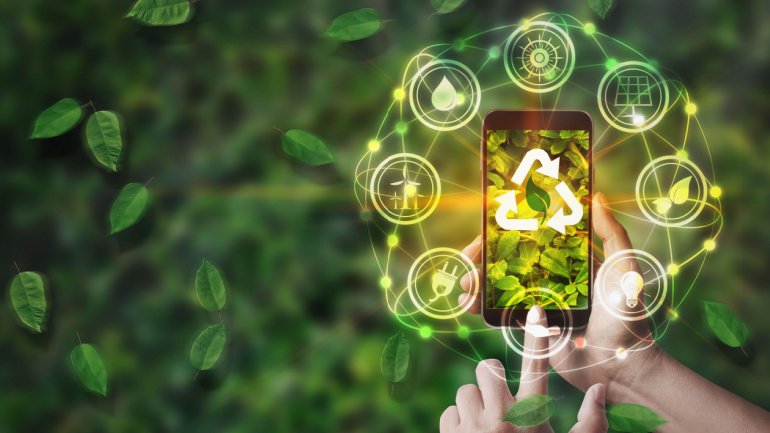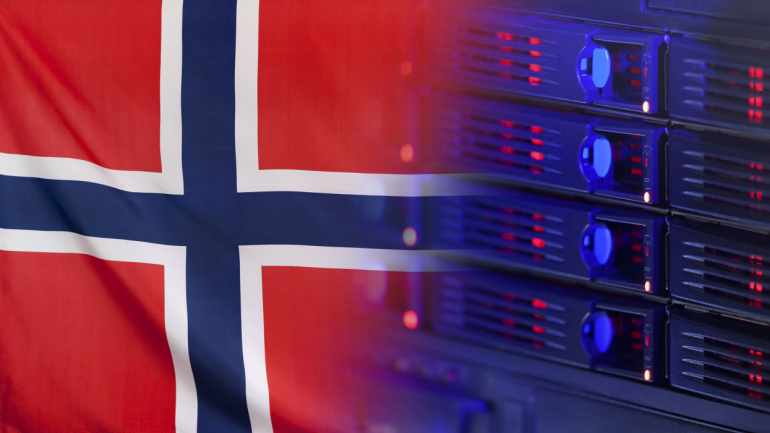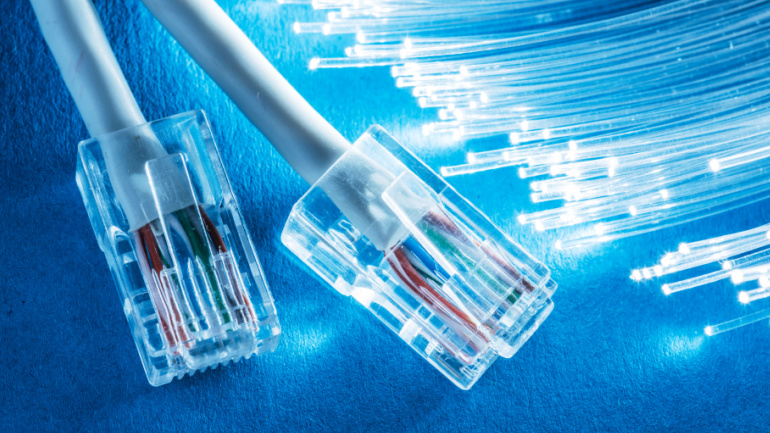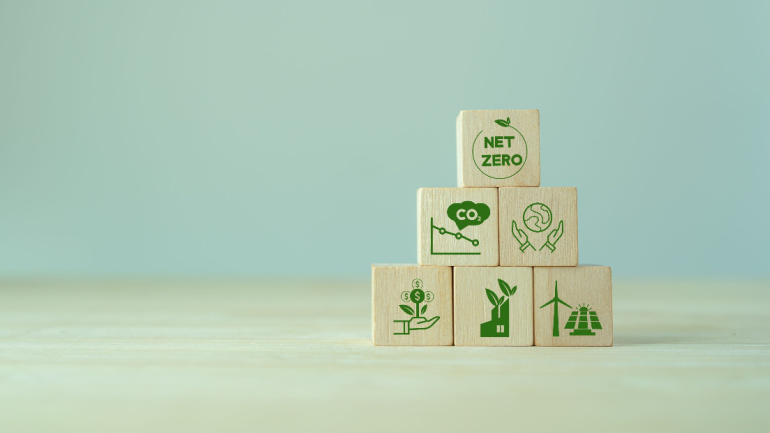The Met Office has launched its Climate Data Portal, providing telecoms organizations with enhanced access to climate data and resources to improve their understanding and response to climate change. As part of the Met Office’s broader data optimization strategy, the portal offers 60 different data layers, along with guidance and information.
Darryll Dewan, CEO of Total Site Solutions (TSS), unveils the dynamic landscape of data centers in 2024. TSS’s report highlights key trends: modular data centers’ rise, heightened security needs, sustainability emphasis, and the widening skills gap. Dewan emphasizes adaptability amid AI-driven shifts, underscoring the need for proactive planning and collaboration.
In a bid to bolster data-driven policy decisions, Virgin Media O2 Business has joined forces with the Office for National Statistics (ONS), offering anonymized and aggregated O2 Motion data to be integrated into the Integrated Data Service (IDS).
Telefonica, a leading international mobile operator, has made a strategic investment in Mitiga Solution, a pioneering firm dedicated to the management of climate-related risks. This move signifies a major step in combining advanced climate science with artificial intelligence to offer innovative solutions for assessing environmental risks.
As the summer season begins in the northern hemisphere, severe heatwaves have already engulfed multiple regions worldwide, posing challenges to data center operators who grapple with internal heat generation. The experts at Vertiv, a global provider of critical digital infrastructure solutions, have released updated guidance to tackle the rising threats associated with extreme heat. Climate change, coupled with the El Niño weather pattern, has resulted in the past eight years becoming the hottest on record. This year, forecasts anticipate 2023 to witness record-
Norway’s top telecom operator, Telenor, joins forces with Hafslund, HitecVision, and Analysys Mason to create the nation’s most secure commercial data center operator, focusing on sustainable solutions and critical data storage. The collaboration addresses national security concerns and promotes energy-efficient data centers with heat recycling potential.
A first-of-its-kind system in the UK is being trialled in Edinburgh to see if waste heat from a large computing facility can be stored in disused mine workings and used to warm homes. The large amounts of energy needed to power the University of Edinburgh’s Advanced Computing Facility (ACF) could be recycled to heat at least 5,000 households in Scotland’s capital.
The ambitious InSEA project, led by Italy’s INGV and financially backed by the Italian Ministry of Research, leverages traditional telecom cables for environmental monitoring, without compromising data quality. By integrating sensors into vast 21km cables and repeater housings, a remarkable SMART cable system was born. Despite deployment challenges, the use of advanced sensors ensured successful implementation. Initial data hints at successful system functioning, prompting anticipation for a comprehensive analysis following the monitoring phase.
As the UK aims for nationwide gigabit broadband by 2030, the often unnoticed, green telecom boxes are seen in a fresh light. No longer just unassuming eyesores, these versatile enclosures are revealing opportunities for additional revenue, environmental monitoring, security surveillance and more. But sponsorships for these expanded roles remain undetermined.
Taking bold steps towards combatting climate change, Japan’s leading telecom firm, NTT DoCoMo, unveils ambitious initiatives looking to drastically cut its scope 3 emissions. These indirect emissions derive largely from the supply chain, making up approximately four-fifths of the company’s total greenhouse gas output. Taking the bull by the horns, DoCoMo is charting an eco-conscious path, pledging to fully utilize renewable energy sources and implement energy-saving measures across its network. With an eye on the future, the telecom titan plans to transform its supply chain to become environmentally friendly by 2040, all while leveraging technology to help suppliers and customers visualize their carbon footprint. As the telecommunications industry continues to battle climate change, stay tuned for further updates.













